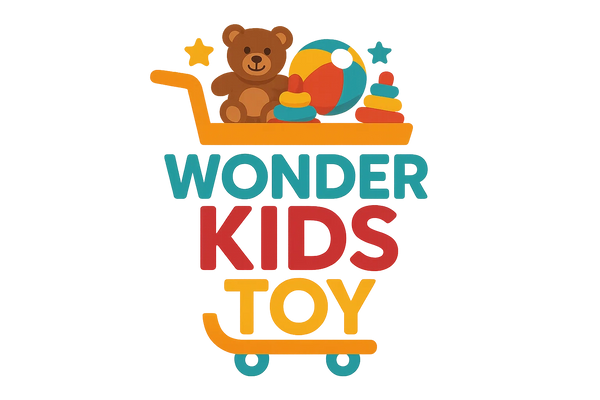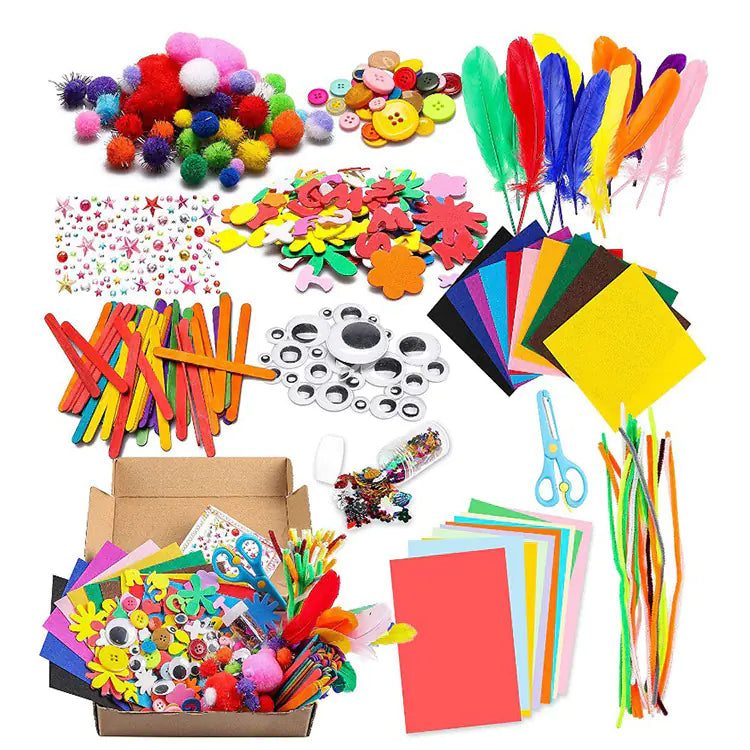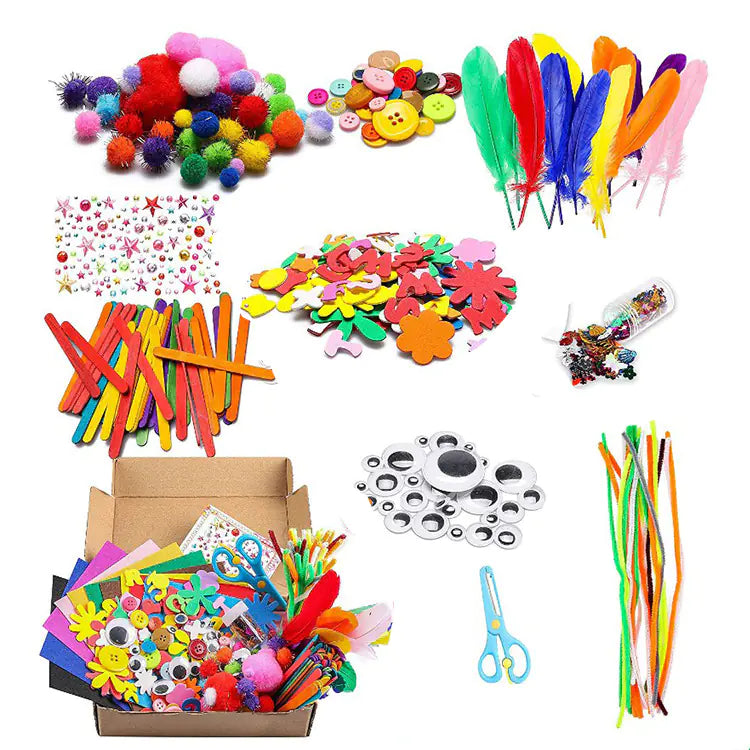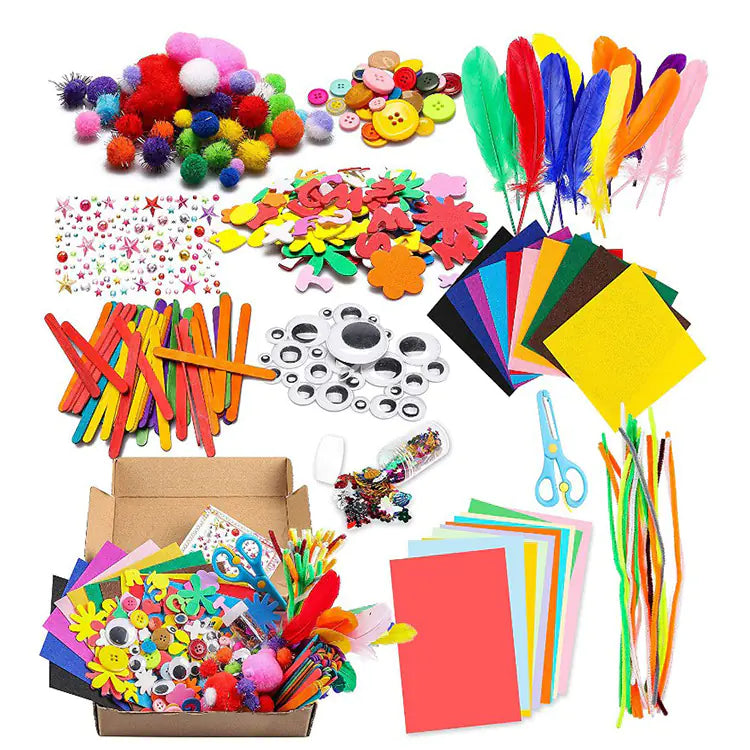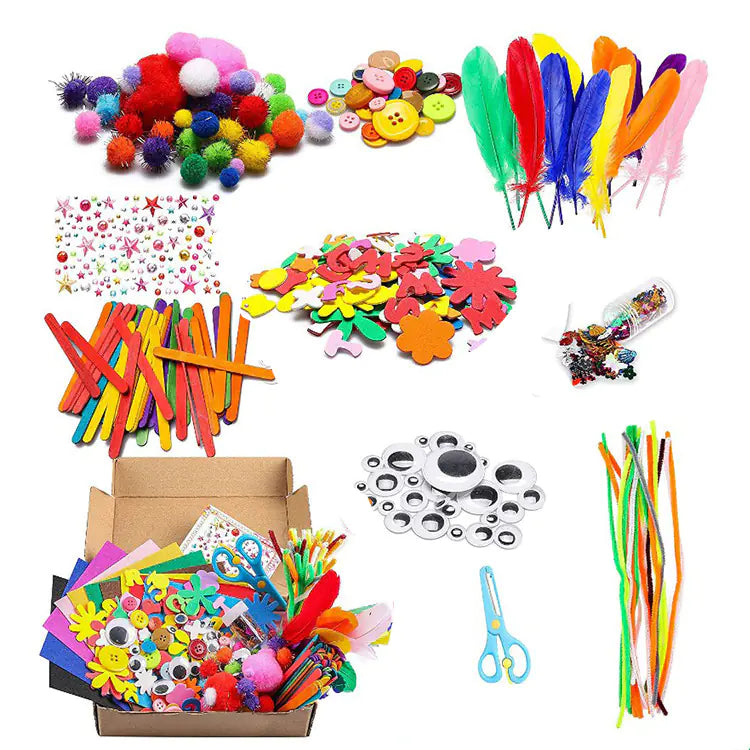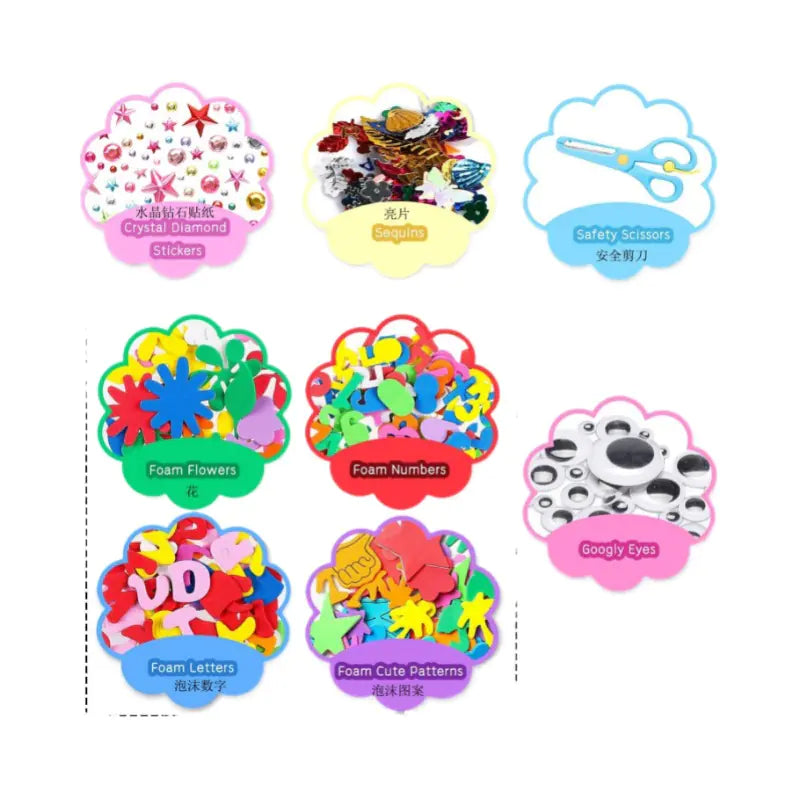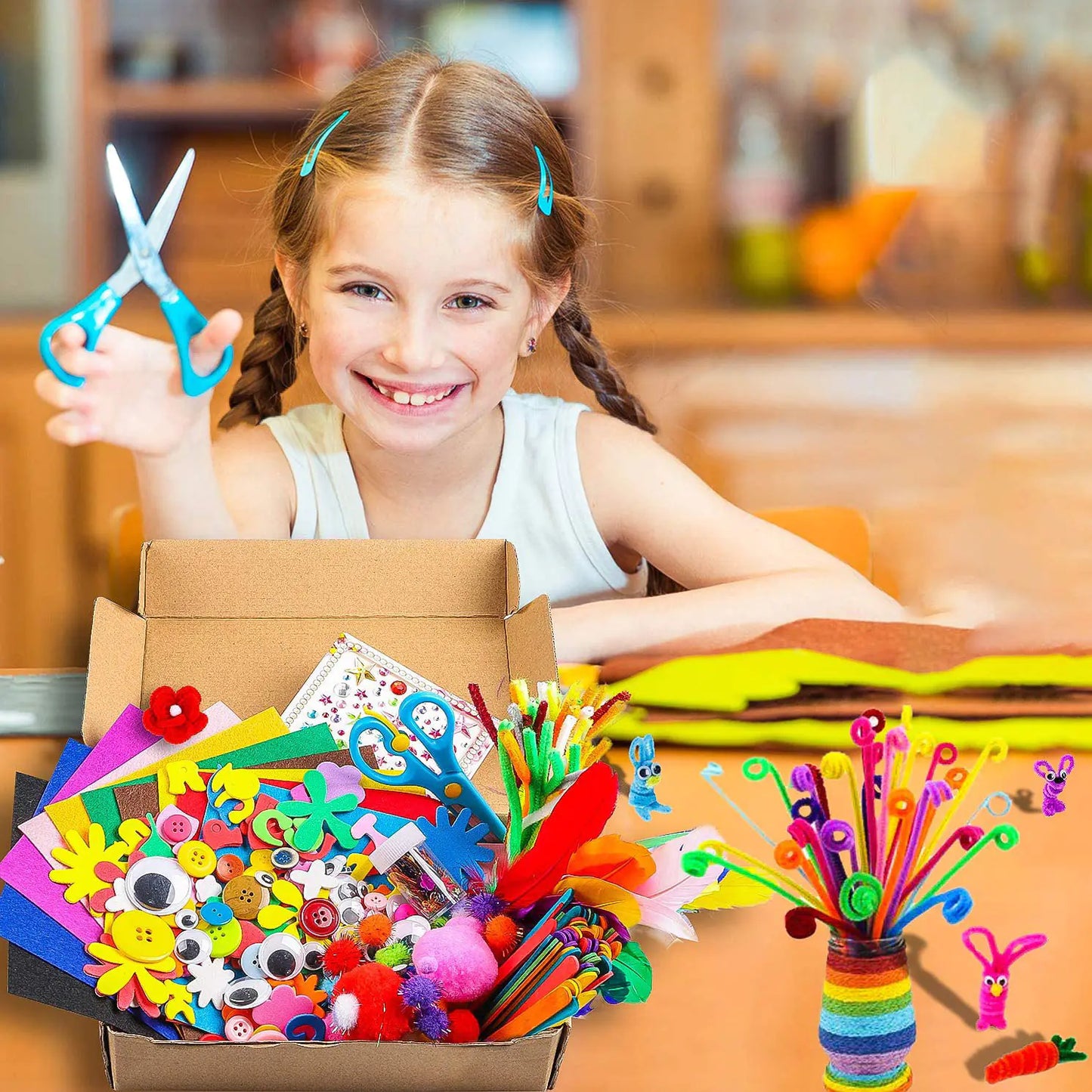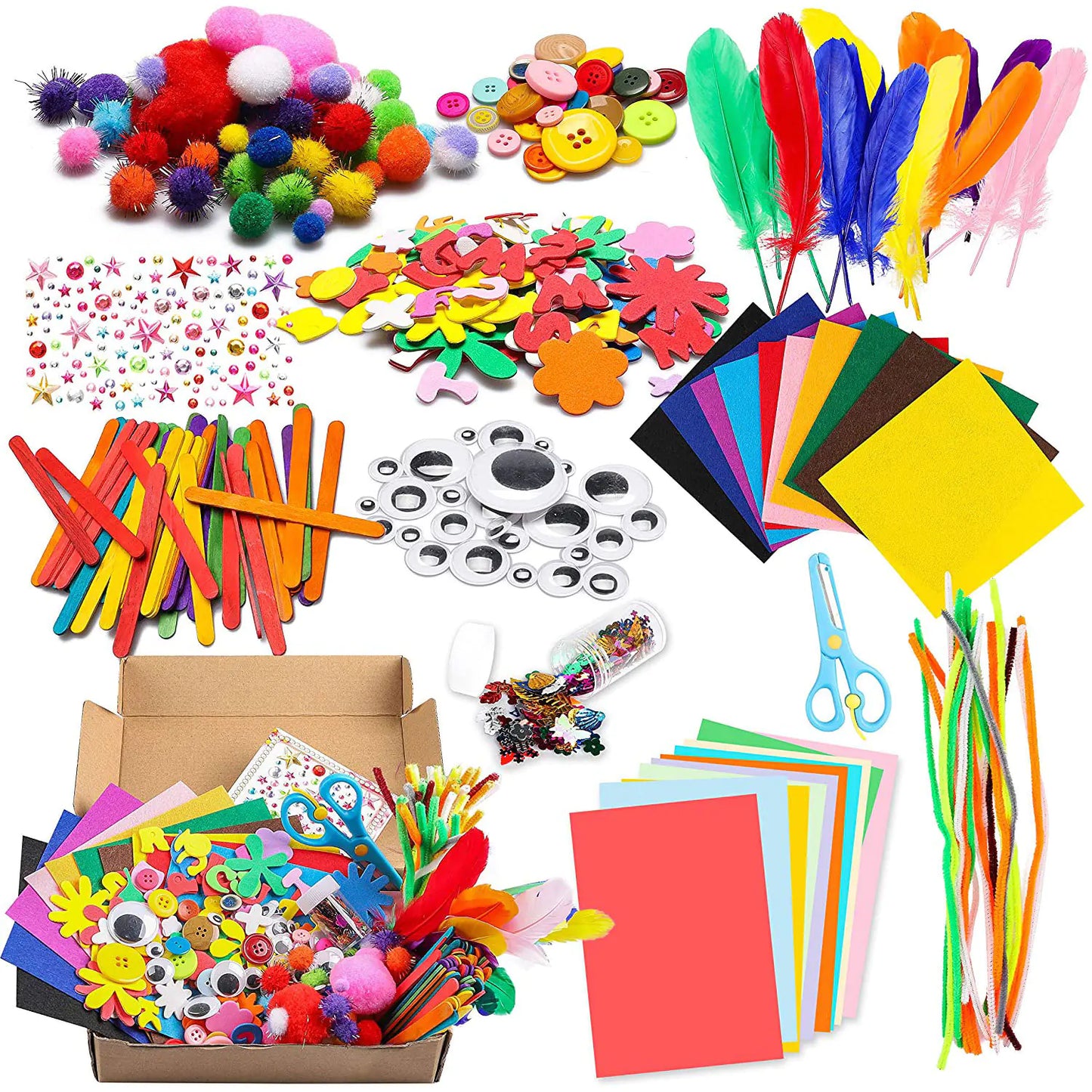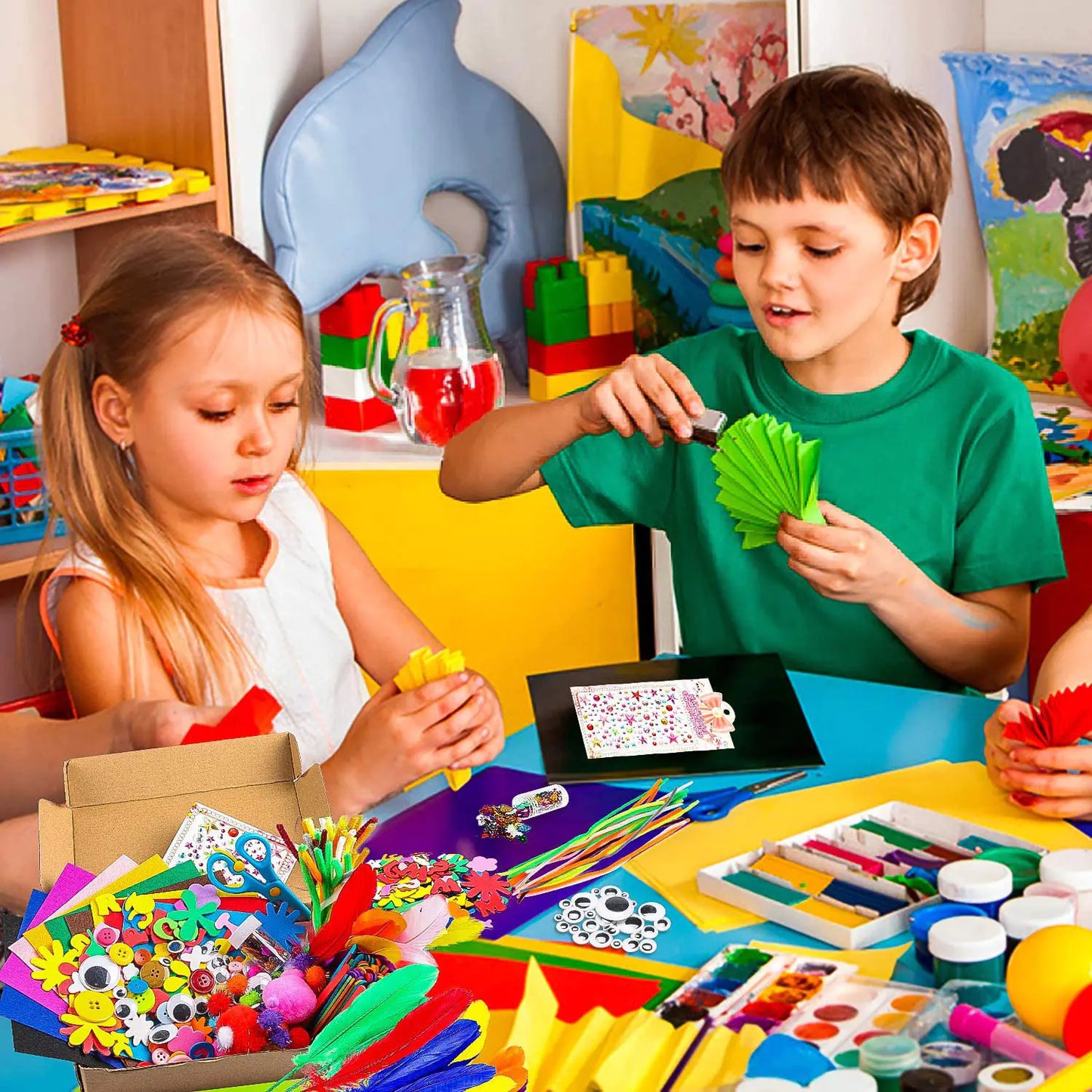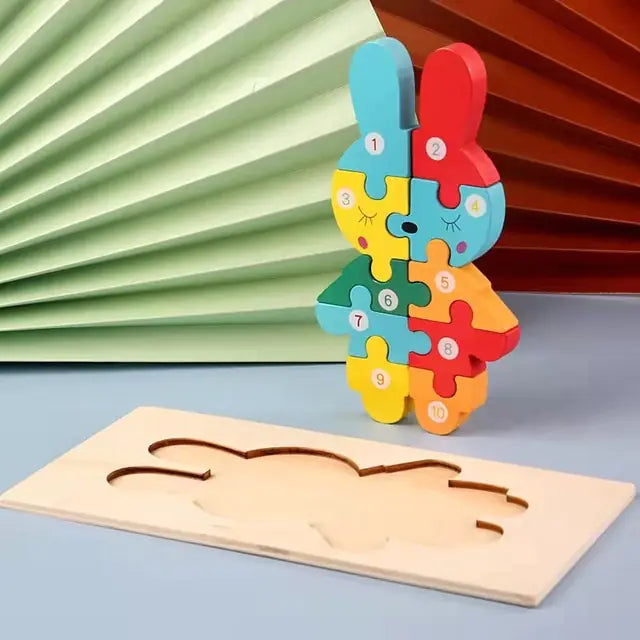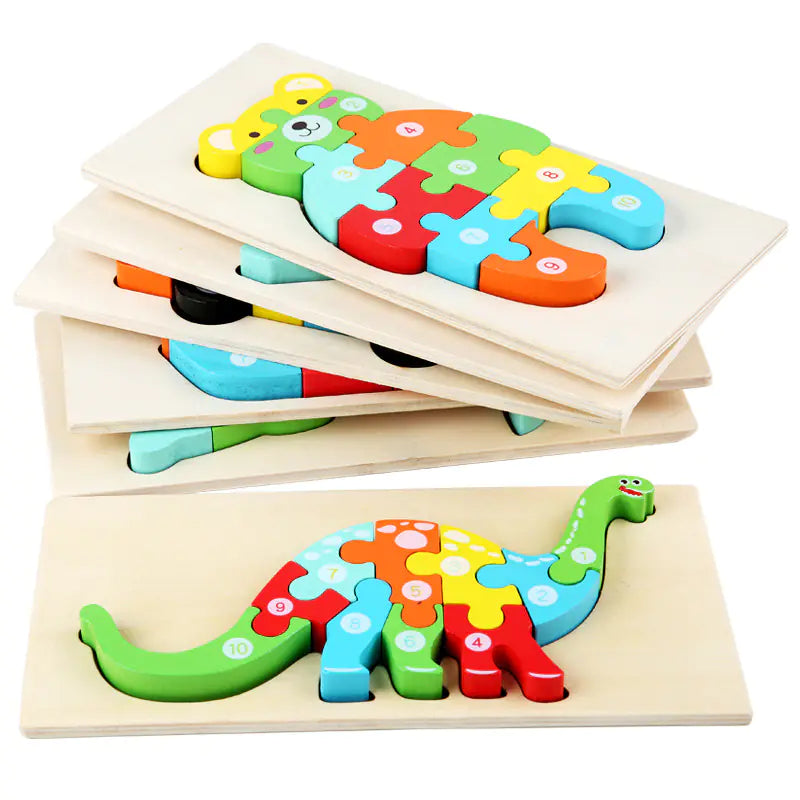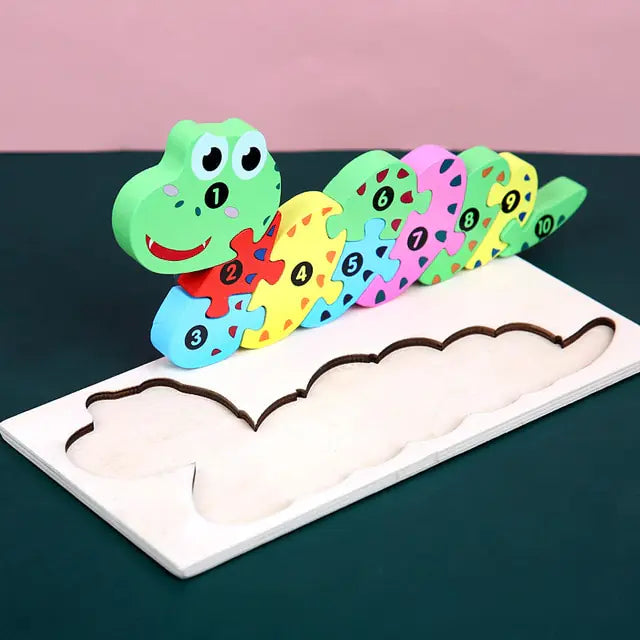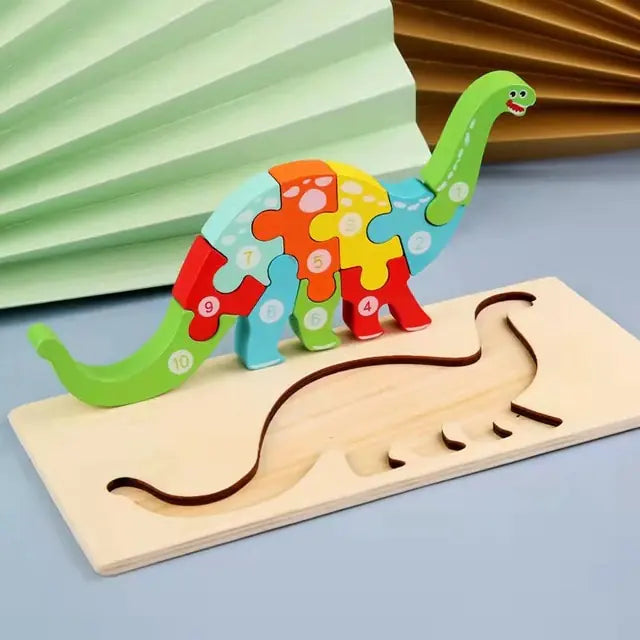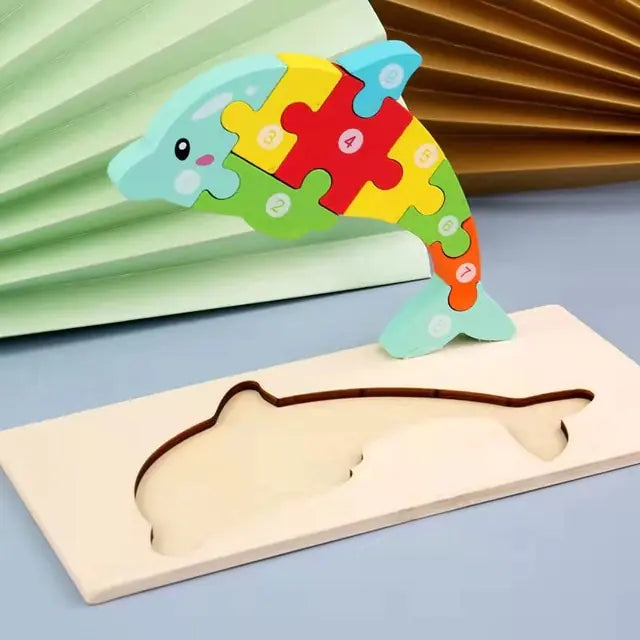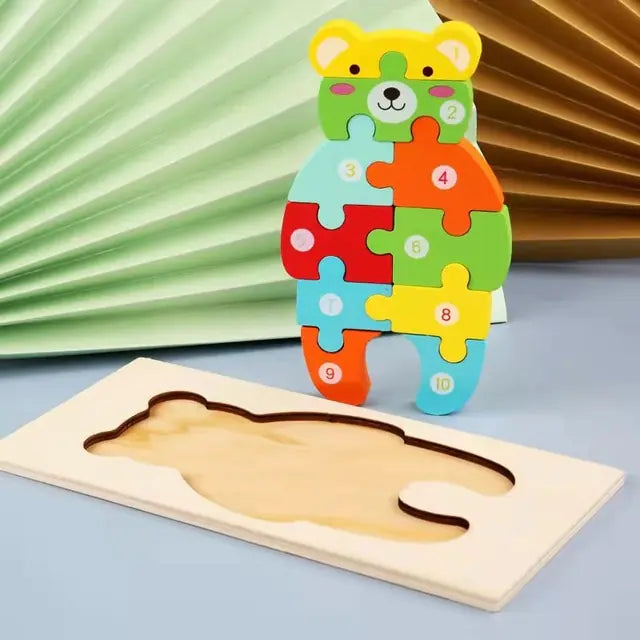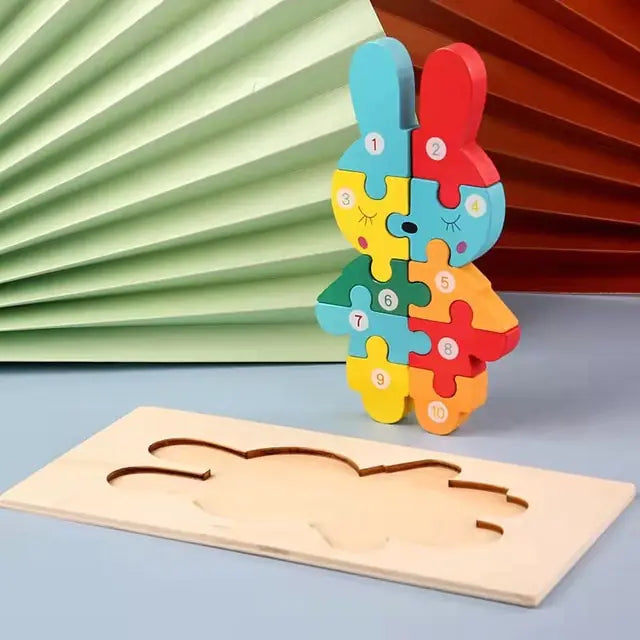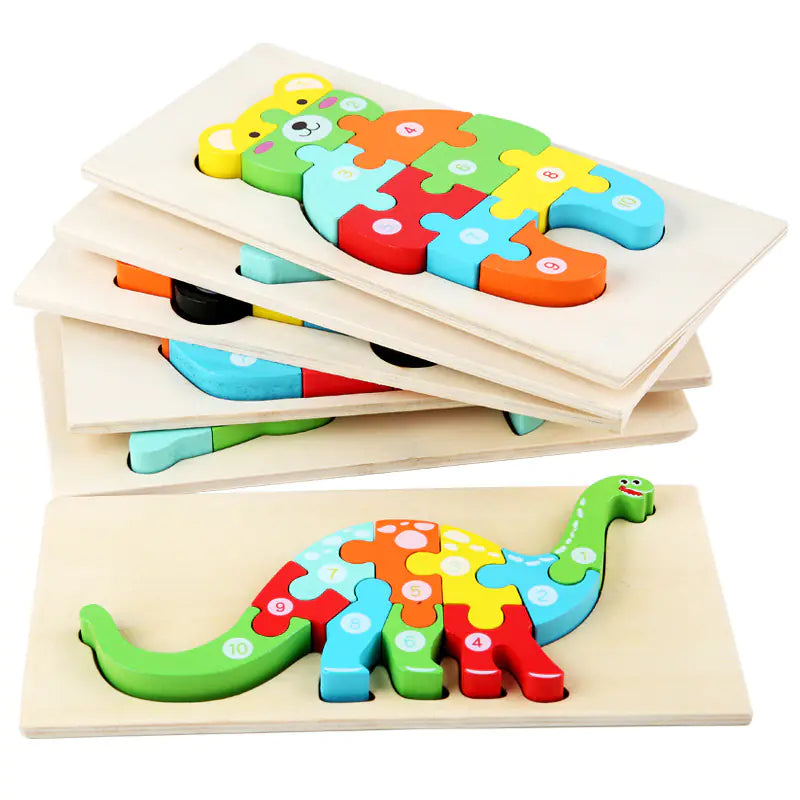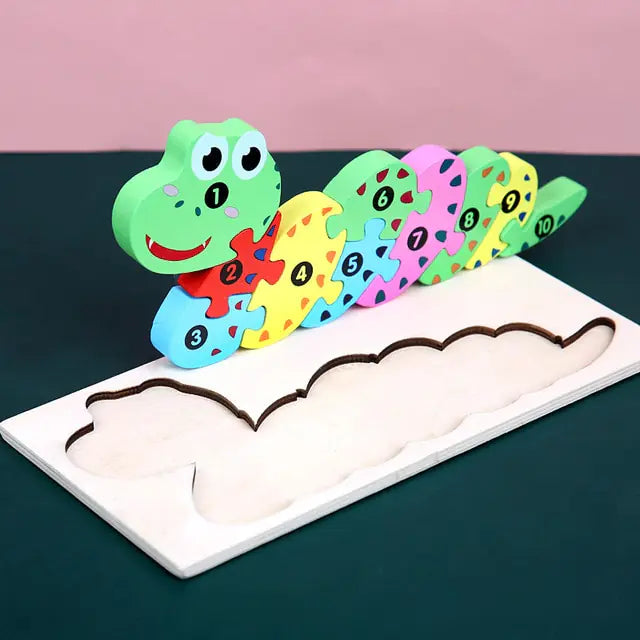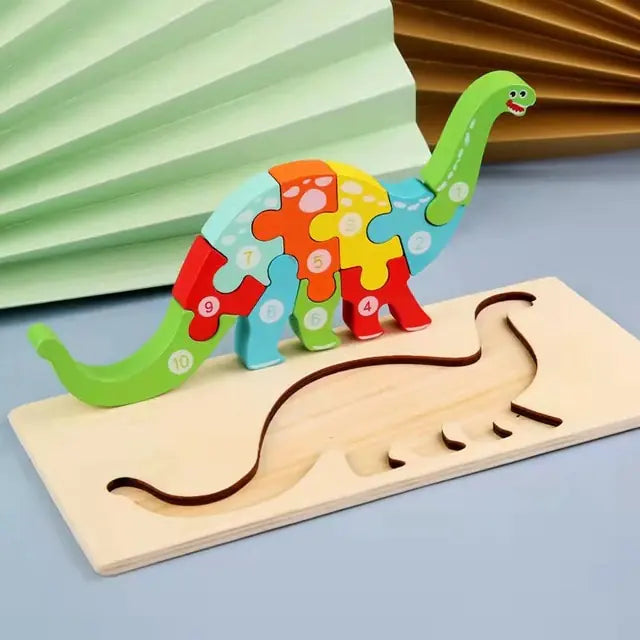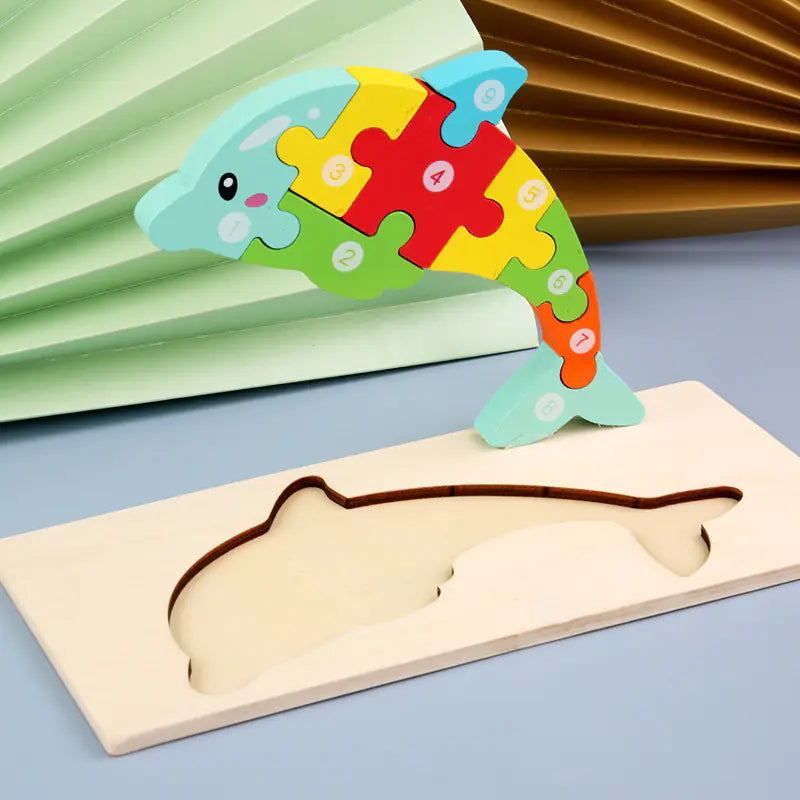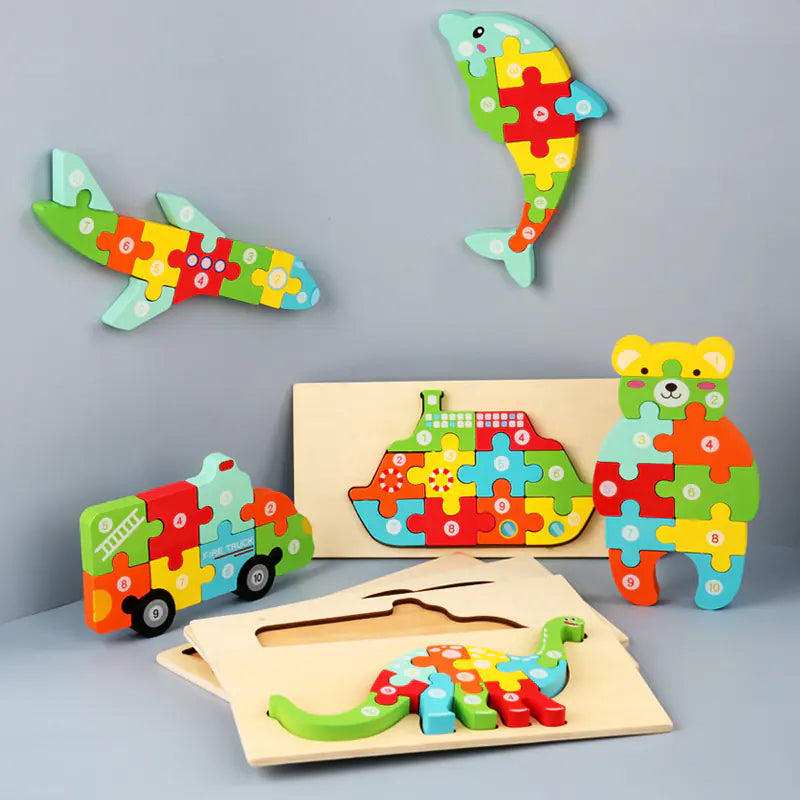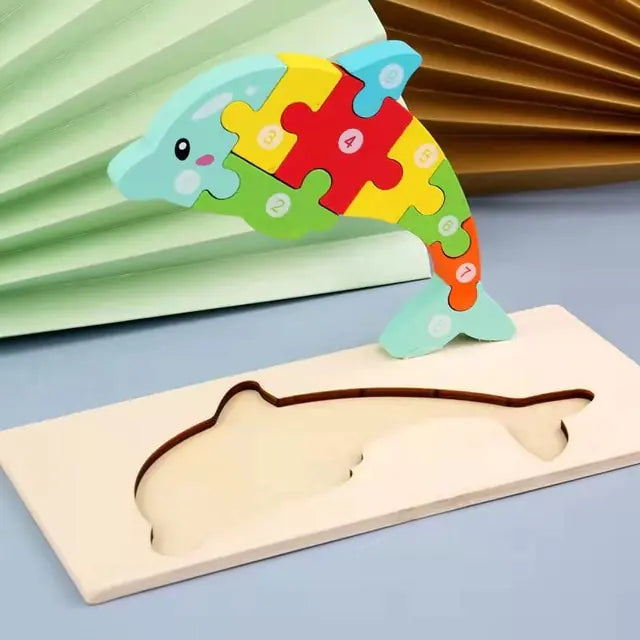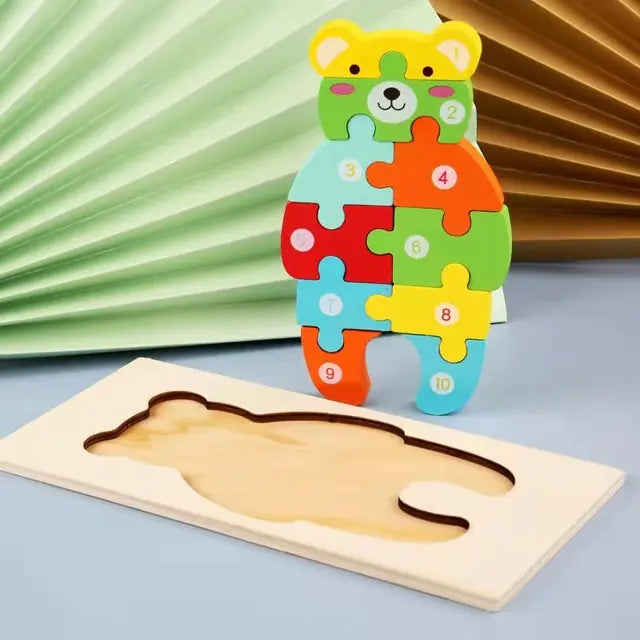In today's fast-paced world, developing critical thinking skills in children is more important than ever. Problem-solving games are a fun and engaging way to help kids enhance these essential skills. This article will explore the top 10 problem-solving games for kids designed to boost their critical thinking abilities.
1. Sudoku

What is Sudoku?
Sudoku is a logic-based number puzzle requiring players to fill in blank cells so that each row, column, and 3x3 box contains all numbers from 1 to 9. It is not only a fun and challenging game but also helps kids develop important problem-solving and reasoning skills.
Benefits of Playing Sudoku
Playing Sudoku offers numerous benefits for kids:
- Enhances critical thinking: Kids must find patterns and use logic to solve the puzzle.
- Improves concentration: Focusing on the puzzle helps improve attention to detail.
- Boosts memory: Remembering numbers and their positions strengthens memory.
How to Get Started
Getting started with Sudoku is easy:
- Find a Sudoku puzzle book or an app suitable for kids.
- Explain the rules: Each row, column, and 3x3 box must contain the numbers 1 to 9 without repetition.
- Start with easy puzzles and gradually move to more difficult ones.
Sudoku is a fantastic way to keep kids engaged while enhancing their cognitive skills. It's a win-win for both fun and learning!
2. Puzzles

Puzzles are fantastic tools for brain development. They challenge children to think critically, recognize patterns, and cultivate spatial awareness while refining their problem-solving skills and patience. Whether simple wooden pieces or intricate jigsaws, puzzles are playful yet beneficial.
Benefits of Puzzles
- Critical Thinking: Puzzles require kids to think critically and solve problems, which enhances their cognitive abilities.
- Pattern Recognition: Children improve their ability to see connections and relationships between different pieces by identifying patterns.
- Spatial Awareness: Working with puzzles helps kids understand spatial relationships and improve their hand-eye coordination.
- Patience and Persistence: Completing a puzzle requires patience and persistence, teaching kids the value of sticking with a task until it's finished.
Puzzles are not just games; they are essential tools that help children develop a wide range of cognitive and motor skills.
3. Maze

Mazes are a fantastic way to engage kids in problem-solving while having fun. They come in all different shapes and sizes, from simple dot-to-dot puzzles to more complex ones with multiple paths. You can even create your mazes using everyday objects like string or masking tape. This makes them a versatile and cost-effective option for parents looking to enhance their child's critical thinking skills.
Benefits of Mazes
Mazes help children develop skills such as visual perception, trial-and-error, and breaking down complex problems into steps. With regular practice, kids can become adept problem solvers in many areas of life.
How to Get Started
Start with simple mazes for younger kids, with extensive paths, few dead ends, and no intersections. Let your child trace the path with their finger to find the solution. Once they’ve mastered simple mazes, introduce more complex ones with multiple paths, dead ends, and intersections.
Adding Challenges
For an added challenge, please have your child estimate how long it will take them to solve the maze. This helps build their planning and problem-solving skills. You can also time them to try and beat their time, adding an element of excitement and competition.
Mazes can be used to teach kids about planning and following directions. They can also be used to improve memory and concentration, making them one of the best educational toys for enhancing the potential of your child.
4. Scavenger Hunt

What You'll Need
To set up a scavenger hunt, you'll need small toys, stationery items, or any other objects you want to include. The beauty of this game is its flexibility—you can use almost anything!
How to Play
Assign teams or individual players specific items they need to find within a defined area. This can be an indoor or outdoor activity. Provide them with a list of items and, if you like, some hints on where to find them. The first team or player to see all the items wins.
Benefits
Scavenger hunts are fantastic for developing critical thinking and problem-solving skills. Kids learn to follow clues, think strategically, and collaborate. It's a fun way to boost their cognitive abilities while keeping them active.
I love how scavenger hunts can be tailored to fit any theme or occasion, making them a versatile and engaging activity for kids of all ages.
5. Tic Tac Toe

What You'll Need
To play Tic Tac Toe, you only need a Tic Tac Toe board or a pen and paper. It's a classic game that can be played anywhere, making it super convenient for parents and kids on the go.
How to Play
This game is one of the most exciting problem-solving activities for kids. Draw a grid with 9 boxes if you're using paper. Each player chooses X or O and turns to mark their symbol in an empty box. The goal is to make a continuous row of three of your symbols, either horizontally, vertically, or diagonally. Whoever succeeds wins!
Benefits
Tic Tac Toe is more than just a fun game; it's a fantastic way to enhance your child's critical thinking and strategic planning skills. It encourages kids to think ahead and anticipate their opponent's moves. Plus, it's a great way to teach them about winning and losing gracefully.
Playing Tic Tac Toe can be a simple yet effective way of unlocking potential in your child. It's a game that combines fun with learning, making it a must-have in your educational toolkit.
6. Riddles

Benefits of Riddles
Riddles are a fantastic way to challenge your child's problem-solving and thinking abilities. They require interpreting clues and hints to deduce the solution, often with an element of trickery or double meaning. Riddles help kids think outside the box and improve their critical thinking skills.
How to Start with Riddles
Start with simple riddles meant for children, with straightforward clues and answers. For example, you could start with a simple riddle: “What has hands but no arms and a face but no eyes?” Answer: A clock. Progress to something more complex like: “The more you take, the more you leave behind. What am I?” Answer: Footsteps.
Encouraging Critical Thinking
Give your child time to reason through the clues and guess the solution. Provide guidance and encouragement to help them interpret the clues in different ways. Let them know if they’re getting “warmer” or “colder” to the correct answer. This process helps them learn the art of looking at problems from multiple perspectives.
Riddles and brain teasers challenge kids to think logically and creatively. They learn skills such as interpreting subtle clues, thinking metaphorically, and reasoning by analogy. These skills apply to many areas of learning and complex problem-solving.
7. Guess Who?

Introduction
Guess Who? is a classic guessing game that’s perfect for kids. It’s fun and a great way to teach them about basic deduction and logic. Players take turns asking each other yes or no questions to figure out the mystery character their opponent has chosen.
Benefits
Guess Who? offers several benefits for kids:
- Enhances Deductive Reasoning: Kids learn to ask strategic questions to narrow down the possibilities.
- Improves Memory: Remembering answers to previous questions helps make better guesses.
- Encourages Social Interaction: It’s a two-player game that requires communication and turn-taking.
How to Play
- Each player selects a mystery character from their set of cards.
- Players ask yes or no questions to eliminate characters from the board.
- The first player to guess the opponent’s mystery character wins the game.
Playing Guess Who? is a fantastic way to spend quality time with your kids while also helping them develop critical thinking skills.
Conclusion
If you’re looking for an entertaining and educational game, Guess Who? is a great choice. It’s a simple yet effective way to boost your child’s cognitive abilities while having a blast.
8. Clue

What is Clue?
Clue is a classic board game that challenges players to solve a murder mystery. The objective is determining who committed the crime, where it happened, and with what weapon. It's a fantastic way for kids to engage in critical thinking and deductive reasoning.
Benefits of Playing Clue
Playing Clue offers several benefits for kids:
- Enhances Deductive Reasoning: Kids learn to gather information and make logical connections between clues.
- Encourages Teamwork: Often, players need to work together to solve the mystery, fostering collaboration.
- Improves Memory: Remembering details about suspects, weapons, and locations helps improve memory skills.
How to Play Clue
- Set up the game board with all the rooms, weapons, and character pieces.
- Each player selects a character and receives a set of cards.
- Players take turns moving around the board, making suggestions about the crime, and gathering clues from other players.
- Use the process of elimination to narrow down the possibilities and solve the mystery.
Clue is not just a game; it's an adventure that sharpens the mind and brings families together for hours of fun.
If you're looking for a game that combines fun and learning, Clue is a great choice. It's one of those games that kids will love, and parents will appreciate for its educational value.
9. Human Knot

What You'll Need
Just a playground or garden.
How to Play
This is one of the most exciting group problem-solving activities for kids. Here's how you can set it up:
- Divide the players into equal teams and ask them to form a circle.
- Ask each player to hold the left hand of someone across the circle with their right hand.
- Repeat the process with their left hands, creating a human knot.
- The objective is to untangle the knot without letting go of anyone's hands.
Benefits
Human Knot is a fantastic game for teaching kids teamwork and communication. It encourages them to think critically and solve problems together. Plus, it's a lot of fun and gets them moving!
Watching kids work together to untangle themselves is both hilarious and heartwarming. It's a great way to build camaraderie and trust among them.
Tips for Success
- Make sure the kids understand they can't let go of their hands.
- Please encourage them to communicate clearly and listen to each other.
- Set a time limit to add an extra challenge.
Playing Human Knot is a simple yet effective way to enhance your child's critical thinking and social skills. Try it at your next family gathering or playdate!
10. Build a Tower

Materials Needed
- Building blocks
- Lego
- Toilet rolls
- Any stackable items
How to Play
To play this game, give the kids anything stacked on top of the other. This can be building blocks, Lego, Jenga blocks, toilet rolls, etc. The challenge is to stack one on top of the other and see how high a tower they can build. This game can be played in teams or individually as well.
Benefits
Build a Tower is a fantastic way to enhance your child's critical thinking and problem-solving skills. It encourages them to think about balance, weight distribution, and structural integrity. Plus, it's a lot of fun!
Watching your child figure out how to make their tower taller without it toppling over is incredibly rewarding.
Tips for Parents
- Challenge your child to build the tallest tower they can using a limited number of Lego bricks.
- Give them constraints like only using red and blue bricks or not being able to connect bricks of the same color directly.
- Please encourage them to build a bridge to hold a certain amount of weight.
This game is educational and a great way to spend quality time with your kids. So grab some toys and start building!
Inspire your child's creativity and problem-solving skills with our latest 3D educational toys! From building towering castles to crafting intricate structures, our toys offer endless possibilities for imaginative play. Visit our website to explore our full range and bring home the perfect toy for your little builder today!
Conclusion
Incorporating problem-solving games into your child's routine is a fantastic way to boost their critical thinking skills while having a blast. From puzzles and riddles to team-building activities and creative exercises, these games offer kids a fun and engaging way to learn and grow. So, why not give them a try? Your kids will enjoy the challenge and develop valuable skills that will benefit them throughout their lives. Happy gaming!
